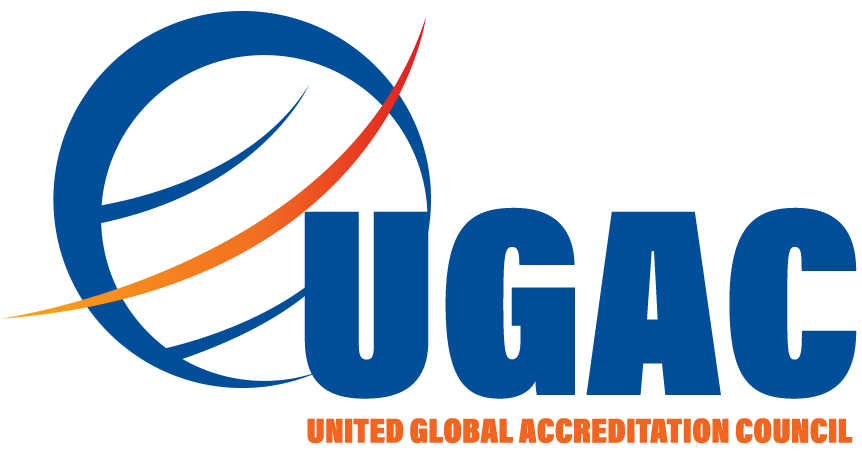ISO 14001:2015
The latest milestone in the ISO 14001 revision procedure was reached on July 2, 2015 with the matter of ISO/FDIS 14001. This document is the final draft before the publication of the standard (scheduled for September 2015). The convention at ISO is that only “editorial” changes to the text are permitted between the matter of the FDIS and final publication of the standard, therefore we can be reasonably assured that FDIS 14001 contains the needs of the revised version of ISO 14001.
The whole procedure can take several months to several years depending on the size of the organization. If an organization is already ISO 9000-certified, the implementation of ISO 14001 does not take as long. When an organization is compliant, they can either register with a third-party registrar or self-declare their compliance. The ISO 14001 standard is the only ISO 14000 standards that permits an organization to be registered or “certified.
The ISO 14001 Environment Management System (EMS) standard is an internationally recognized environmental management standard which was first published in 1996. It is a systematic framework to manage the immediate and long term environmental impacts of an organization’s products, services and procedures. Certification Europe is accredited to certify your environmental management system to the ISO 14001 standard.
The realization of this commitment will be a management system that identifies and manages the primary environmental issues through awareness and assessment of applicable legal requirements, objectives for development, assignment of responsibilities, competent personnel, communications, procedures, controls and monitoring, emergency response capability, self-correction and assessment, and internal reviews. These processes are to be based on the Plan-Do-Check-Act cycle.
ISO 14001 is an international standard established by the International Organization for Standardization through dedicated technical committees representing around 150 countries around the world. Its purpose is to enable an organization of any type or size to develop and implement a policy committing it to prevention of pollution, compliance with legal and other needs, and constant enhancement.
